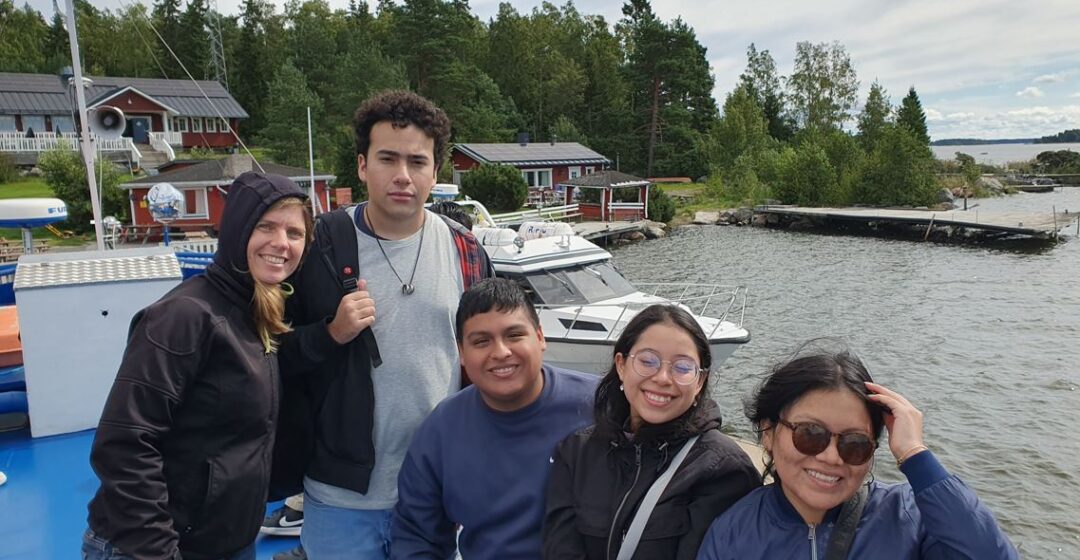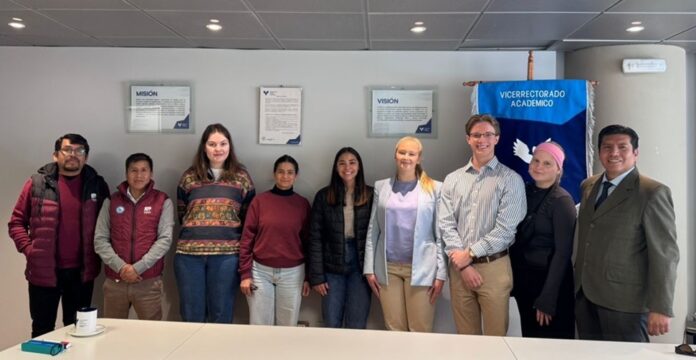Written by Miguel Villena, Student at the PUCP, Peru, who visited the University of Vaasa summer 2024 for a short study abroad trip funded by the TFK2023
On a recent trip to Finland, I had the opportunity to witness how a society successfully maintains an equilibrium between social well-being and environmental sustainability. This country in the Nordic region has been praised for its skill in combining technology and environmental conservation in its everyday activities, thus achieving a harmony between economic progress and natural resource preservation. Nevertheless, this event caused me to think introspectively about the feasibility or repeatability of these models in different situations, like Peru, and the potential difficulties that may arise even in Finland over time.
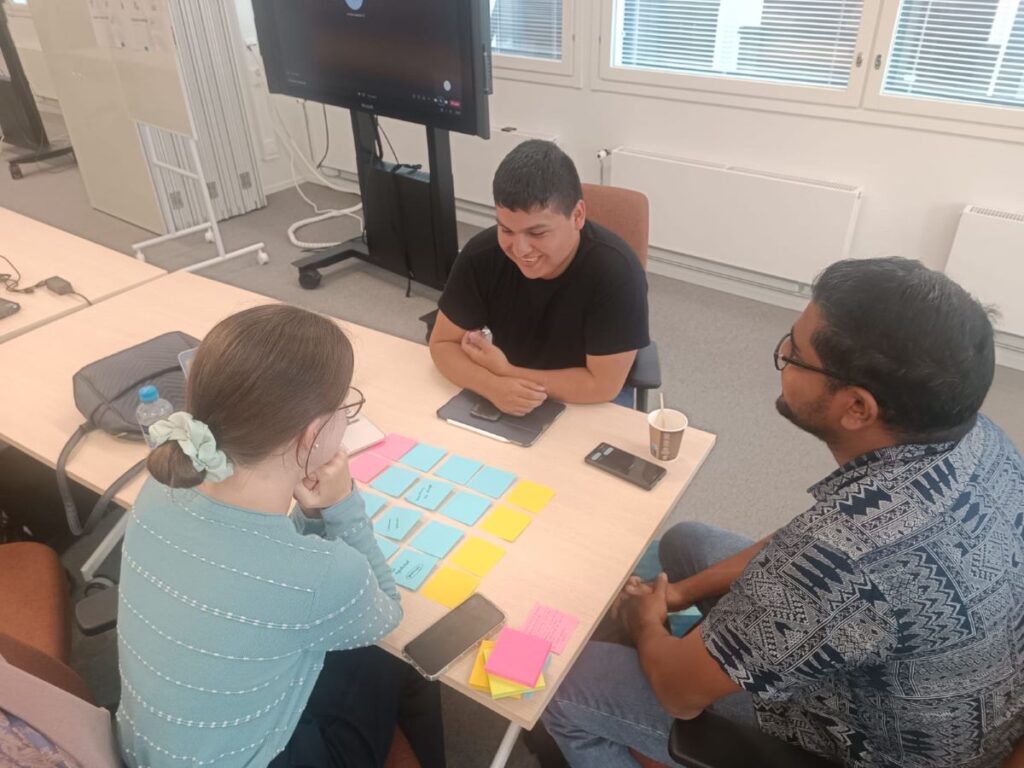
A Green City Powered by Clean Energy
Vaasa, known as the energy capital of Finland, was one of the most striking places I visited. This city has positioned itself as a leader in the industry by using renewable energy in a proactive manner. Vaasa is dedicated to protecting the environment, as seen by the planning of public areas and the implementation of programs to cut carbon emissions.

However, my critical reflection focuses on the applicability of this model outside Nordic contexts. Vaasa is a relatively small city, with modern infrastructure and access to resources that many developing countries do not have. In places like Peru, the lack of investment in renewable energy, the centralization of the economy, and geographical complexities make this model difficult to implement on a large scale. Although inspiring, it is necessary to ask whether growing cities in emerging economies have the same access to clean technologies and whether it is possible to create a fair and accessible energy model in different realities.
Green Areas and Sustainable Transport
One of the things that stood out to me the most in Finland was the incorporation of green spaces in urban areas and the emphasis on eco-friendly transportation. In places such as Helsinki and Vaasa, the majority of individuals commute using bicycles, electric scooters, or public transportation. This method greatly decreases carbon emissions and encourages a more healthful way of living.
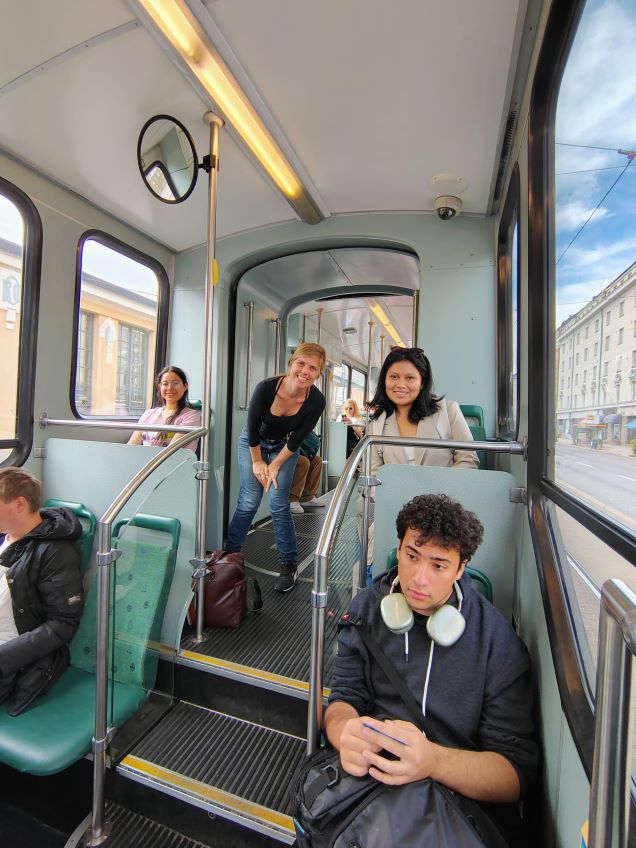
Yet, this system is backed by a remarkable infrastructure: meticulously planned bike routes, scooter stations at every intersection, and reliable public transportation. On the other hand, in Lima there are few and inadequately maintained bike lanes, and public transportation is far from efficient, contributing significantly to congestion and pollution. This makes me think about how crucial infrastructure is as a foundation for sustainable transportation. Finland has successfully developed a working transportation system by investing in infrastructure, a task that remains incomplete in many other countries.
Bottle Recycling System: An Example of Circular Economy
One of the systems that surprised me the most was the recycling of bottles and cans, where citizens return their empty containers to machines that give them a small economic incentive. This simple gesture reflects a culture deeply rooted in respect for the environment and personal responsibility.
This system seems to be efficient in Finland, but I wonder: how could a country like Peru, with a still emerging recycling culture and a lack of adequate infrastructure, implement something similar? Despite the effectiveness of this system in Finland, its success is linked to strong political will and considerable financial support, which may not be easily replicated in less developed economies. Moreover, it is questionable whether the financial incentive is sufficient to change deeply rooted habits in other societies.
Public Services and High Taxes
Finland is also famous for its welfare system, supported by a considerably high tax structure. Free education, quality healthcare and a robust social security system are some of the benefits that Finnish society enjoys. This model, however, depends on deep social engagement, where citizens agree to pay high taxes in exchange for quality public services, such as the Helsinki library.
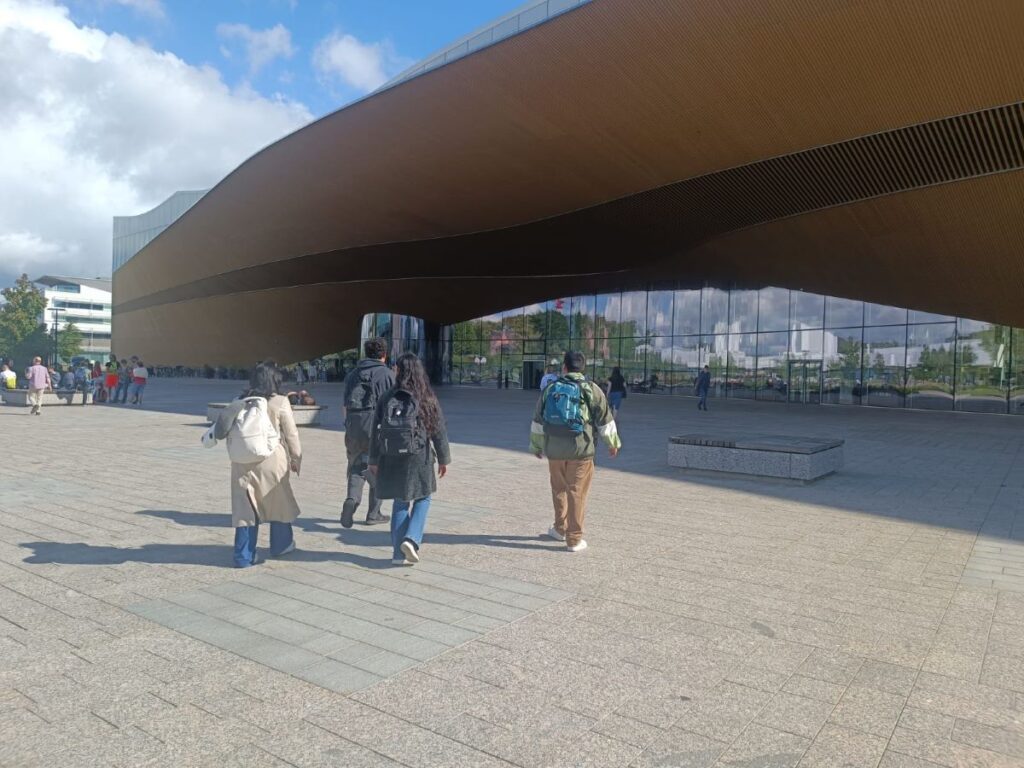
This raises a critical reflection: would this model be viable in countries where corruption, distrust in government and economic inequality are prevalent? In Peru, high taxes are often viewed with suspicion due to the perception that they do not translate into visible improvements for society. Furthermore, in an economy where labour informality is so high, many citizens simply cannot contribute in the same way as in a country like Finland. This system, although admirable, needs a specific context of governance and social cohesion that is not easily replicable.
Nolla: Innovation and Sustainability in Gastronomy
Visiting Nolla, a restaurant in Helsinki that follows a zero-waste policy, was one of the highlights of my trip. At Nolla, their focus goes beyond providing delicious food as they have created a system where all waste produced is either reused or composted. This new method prompted me to consider the involvement of the hospitality sector in advocating for greater sustainability initiatives.
Nevertheless, even though Nolla is a commendable example, it prompts the inquiry: are these eco-friendly eateries financially feasible in less developed economies? In a nation such as Peru, where food plays a vital role in both the economy and culture, could a comparable system be introduced without causing a noticeable rise in prices for customers? The difficulty is in ensuring that sustainability is attainable for all, not just for those with higher levels of income.
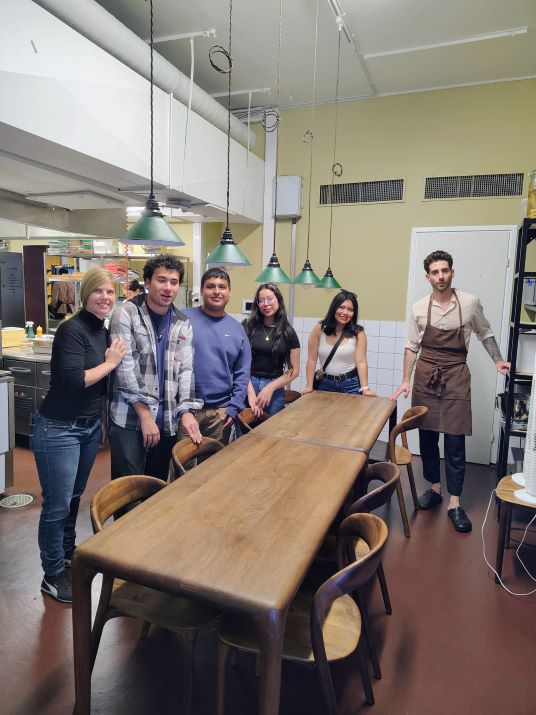
My visit to Finland taught me a lot about sustainability, governance, and social wellbeing, but it also made me question how applicable these models are in different situations. Finland exemplifies the potential that can be reached through a shared dedication to sustainability and welfare, raising the question of what other nations require to attain comparable results.
This journey wasn’t just a valuable cultural experience, but also a prompt to examine and contemplate the strategies we can implement in our own contexts, modifying the approaches we observed in Finland to address the specific obstacles we encounter in our nations.
Acknowledgement
This visit was part of a collaborative project “Education for sustainable internationalisation of a firm (ESGinMNC)” uniting PUCP and University of Vaasa. The project was funded by by the Finnish National Agency of Education, TFK 2023. This project has been coordinated by Aušrinė Šilenskytė, Program manager and researcher at the University of Vaasa, Finland.
